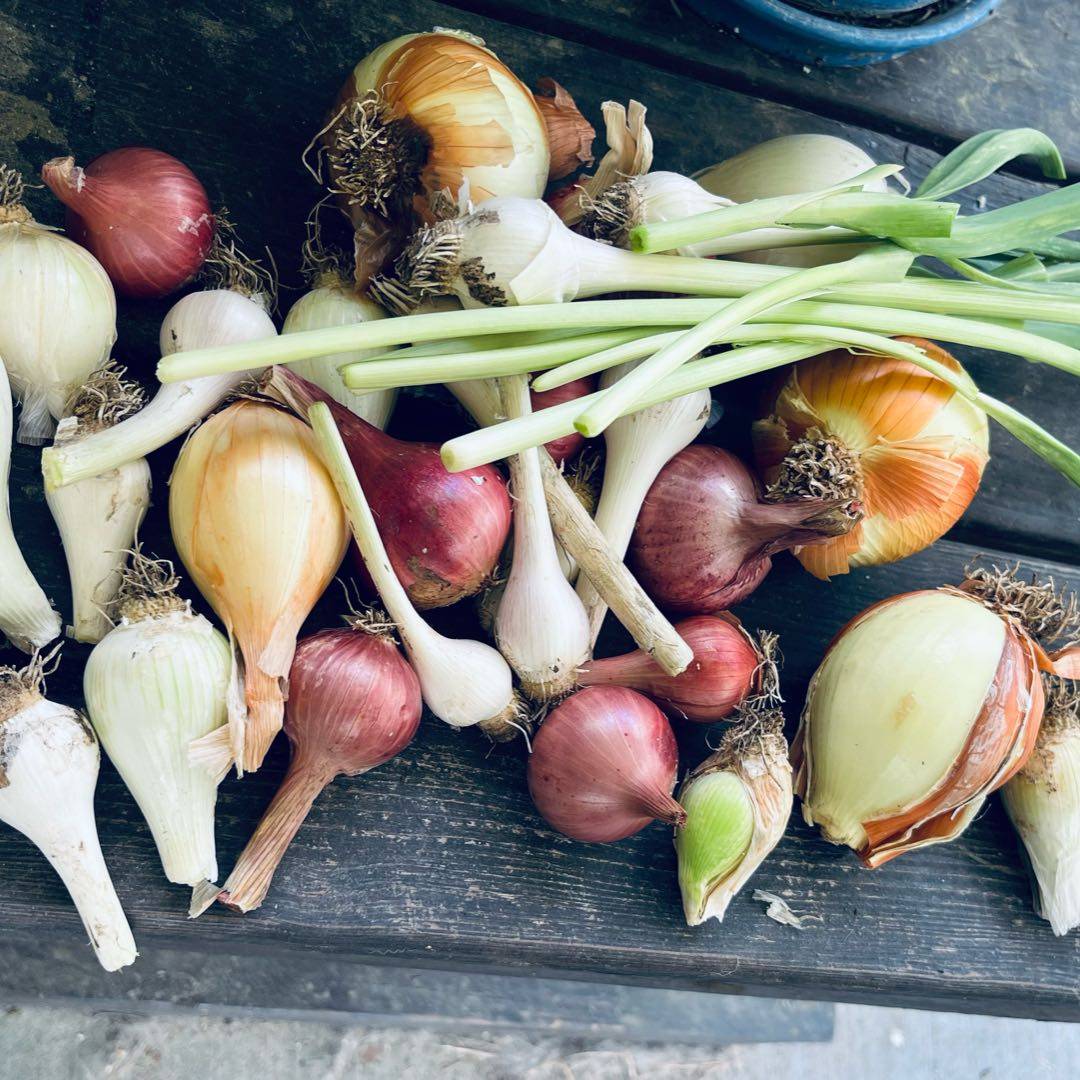
Beautiful alliums from Oma and Opa‘s garden. The garlic scapes will go into a white wine sauce, thrown over some whole wheat or legume pasta.

Beautiful alliums from Oma and Opa‘s garden. The garlic scapes will go into a white wine sauce, thrown over some whole wheat or legume pasta.
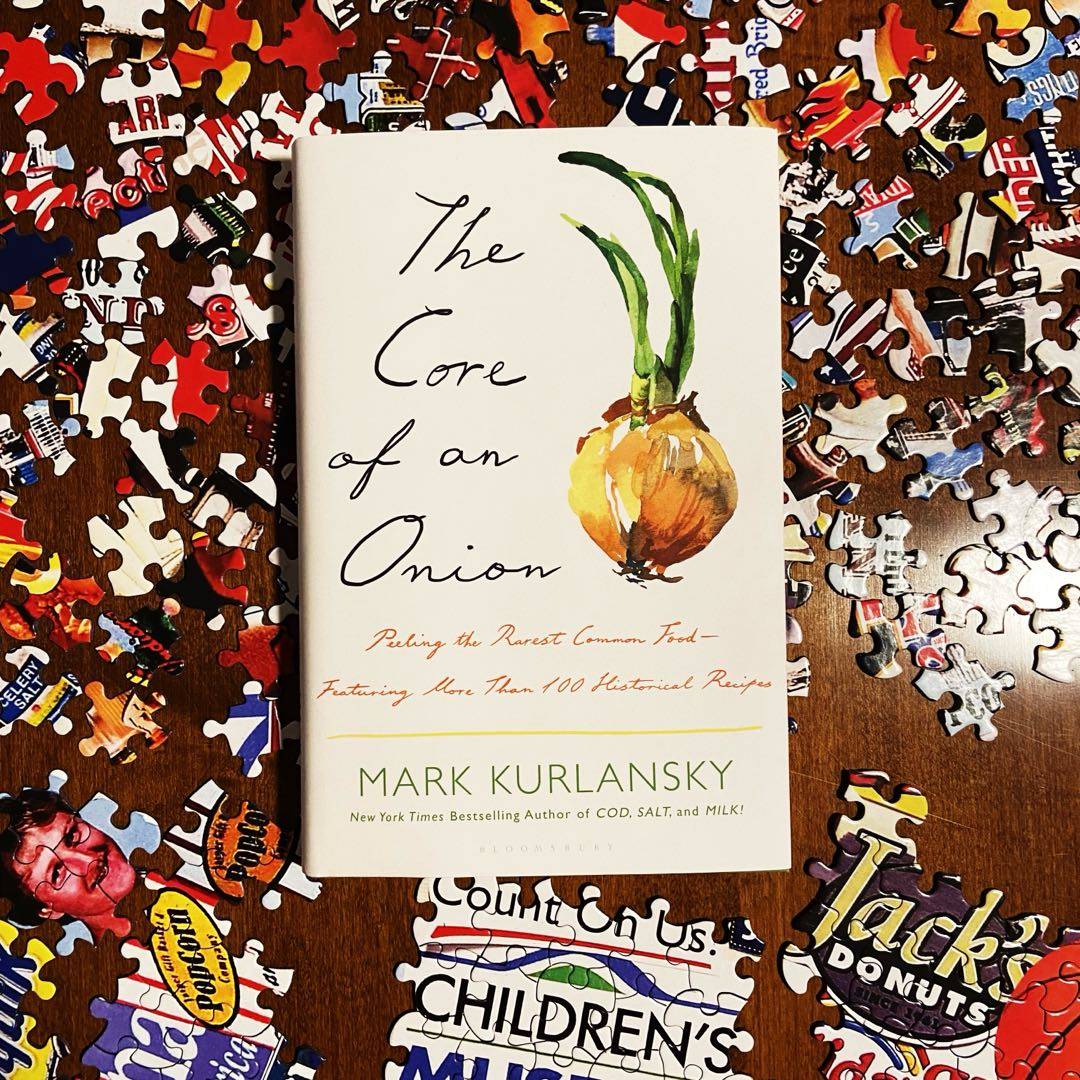
This was an impulse buy that I read from start to finish one night at work (I was on the psych unit where most patients sleep). Part one is a cultural history of onions. Part two is where the fun happens: so many historical recipes for onions! Soup, creamed, fried, baked, stuffed, etc. But my favorite has to be onion bread and bagels! I‘m a true Polish girl in my love of onion bread! 🥯 🧅 #onions

Some folx having a good time at a rugby game. The Welsh leek tradition is a serious thing!!!
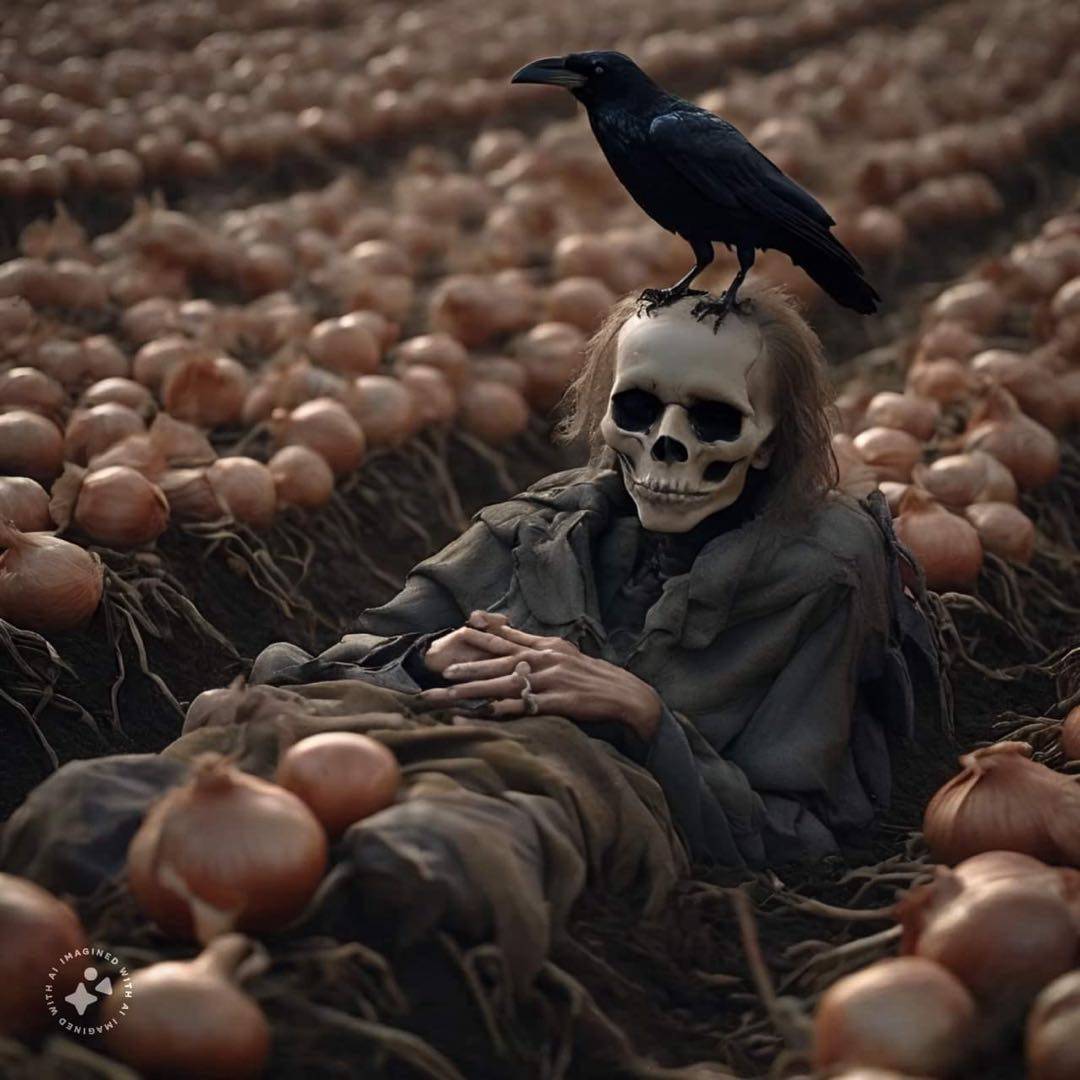
I was so excited to read this book and I loved it! With fascinating history and a handful of historical recipes, if you love culinary history, this book is for you. I have a deeper appreciation for onions now and will be thinking of these histories each time I see, buy, grow, cut, cook, and eat them now.
I think this AI image shows our passion for the allium. Alliums were here before us; they‘ll persist after us. We take them with us.

Rufus Estes was born a slave in 1857. In 1911 he published Good Things to Eat, the first cookbook by an African-American, and which he gives this recipe for glazed onions: Peel the onions and place in a sauce pan with a little warmed fire and cook slowly till quite tender in the outside brown. Remove and serve on a dish. A little of the liquor, thickened with flour, may be served as a sauce.

Though only a 21 square mile island, Bermuda had 50 acres devoted to cultivating onions. Along with the first onion seeds, the first enslaved person from Africa was taken to Bermuda from the Caribbean on board the Edwin. Enslaved children would run through the fields chasing away the birds that ate the onion seeds. This was called “minding the onion seed.” The work passed on to free Black immigrants after Emancipation in 1834.
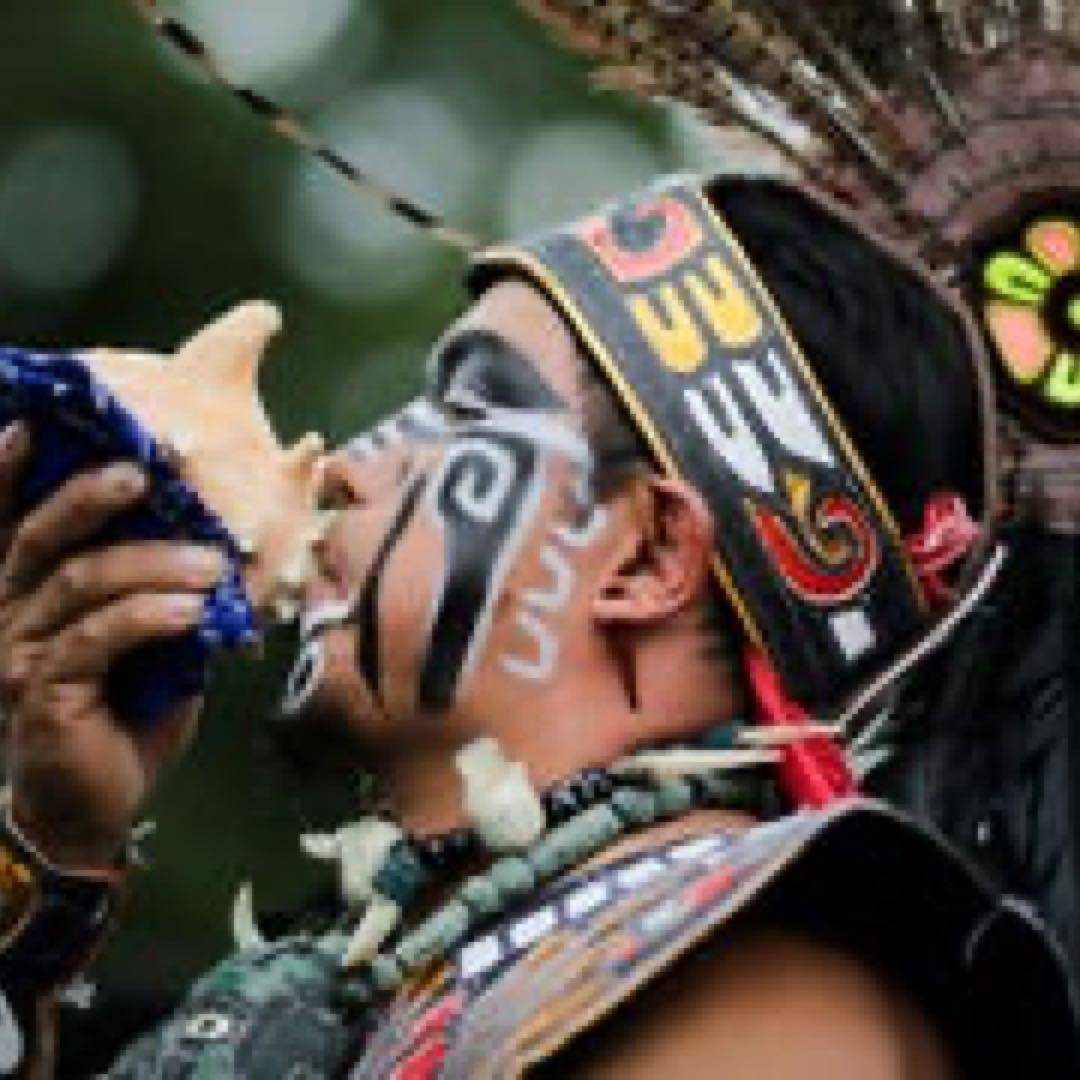
There are seventy species of wild onion native to North America. Native American Indians harvested them and sometimes ate them raw, but also used them to flavor cooked dishes, or would eat them as a cooked vegetable. Onions were also used in syrups and dyeing. Roasted wild onions and honey were used by Native Americans to treat snakebites. There does not appear to have been much cultivation of alliums by native north Americans, with the notable
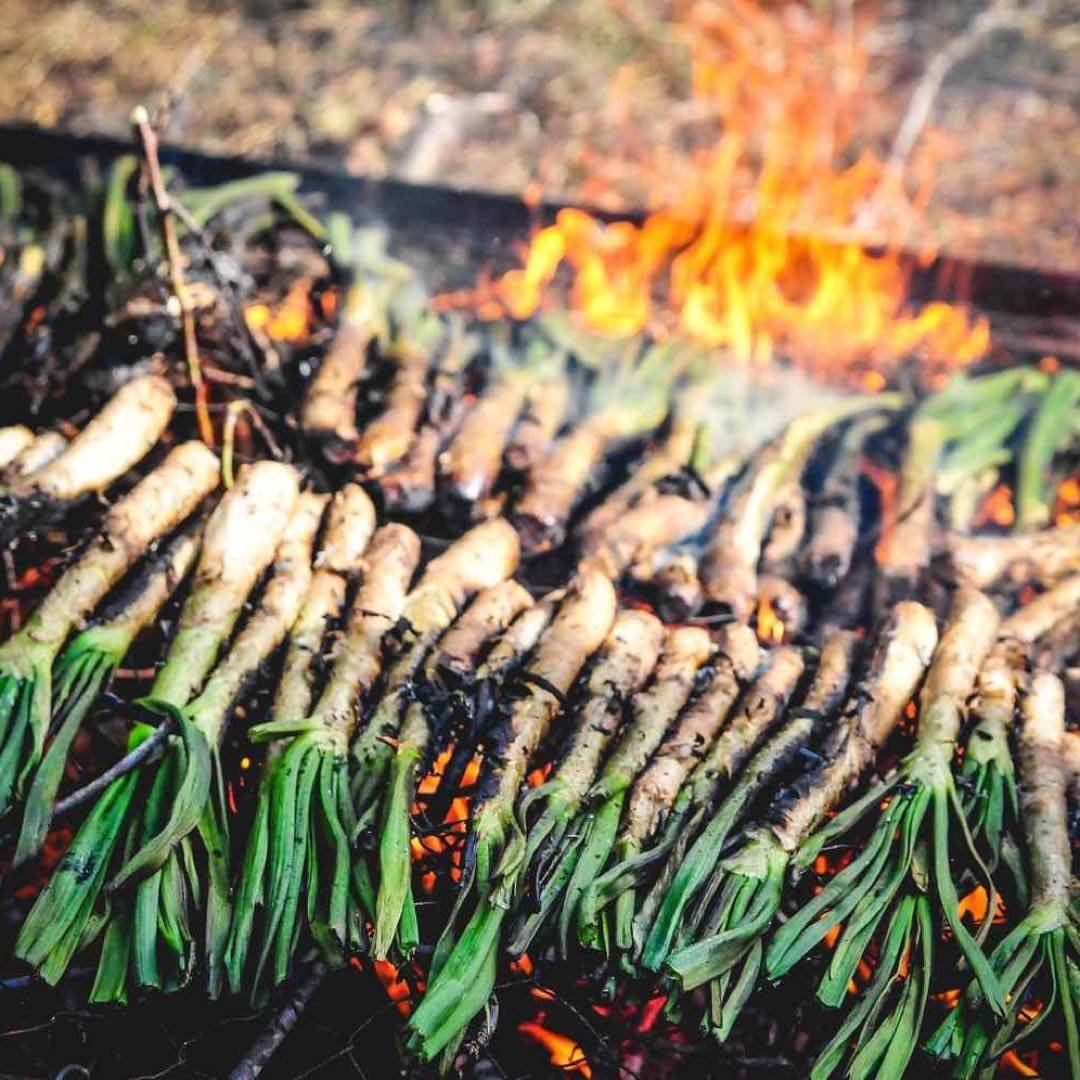
In many parts of Europe, old-time onion traditions are celebrated at folk festivals. One of the most cherished local onions are the calçots, grown in the Catalan region of Spain. The calçots are green onions, as large as leeks, but stronger tasting, though milder than Spanish onions. In the nineteenth century, Catalan farmers started growing them with the bottoms covered in soil so that they remained white up to their green tips, a technique also
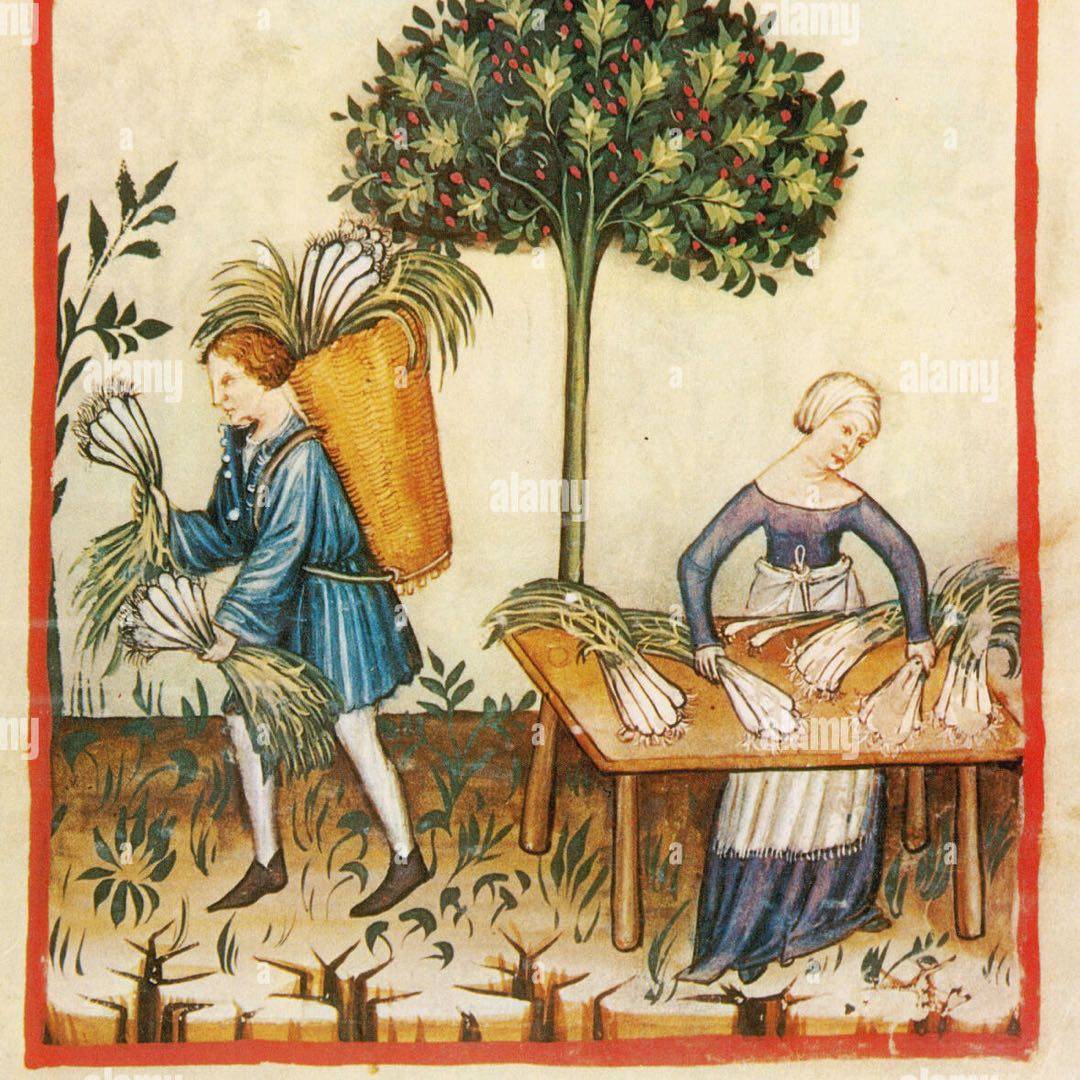
From very early times, onions were valued not only as food, but also for their skins, which were found to be a useful dye. Perhaps the earliest use of onion skin dye was to darken stews and broths. In many countries, including France at the time of the Renaissance, onions were baked for several days at low temperatures in a bread oven until they became fairly dark and were sold in the market to be placed in a stock to make the broth darker.
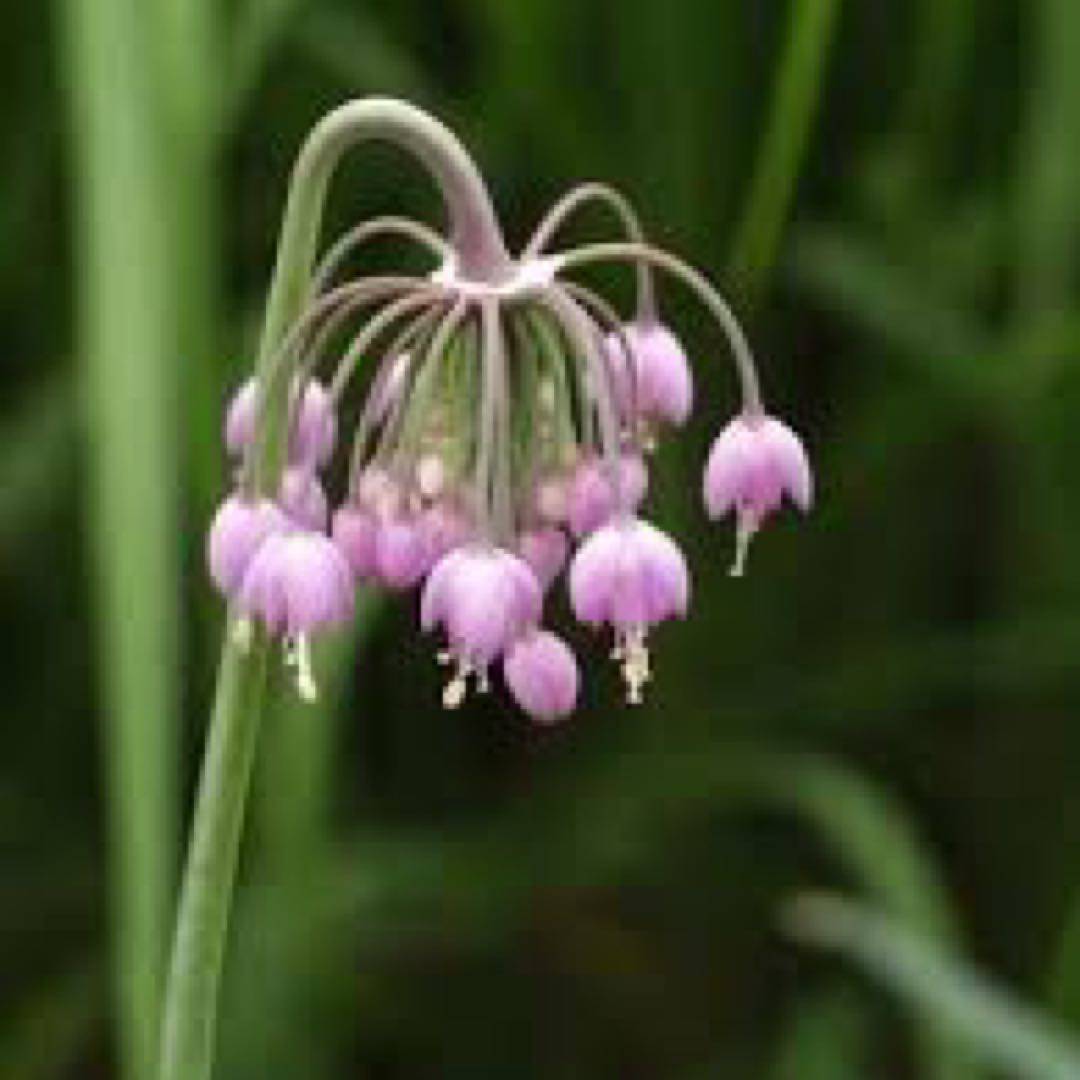
The French explorer Jacques Marquette, traveling the shore of what is now Lake Michigan in 1674, relied for nourishment on an onion that the Indigenous locals called cigaga-wunji, which means “onion place” and is the origin of the name Chicago. In more recent times it has come to be known as the Canada onion, Allium canadense, and it grows wild in much of North America from New Brunswick to Florida and west to the Rocky Mountains. It is fairly⬇️
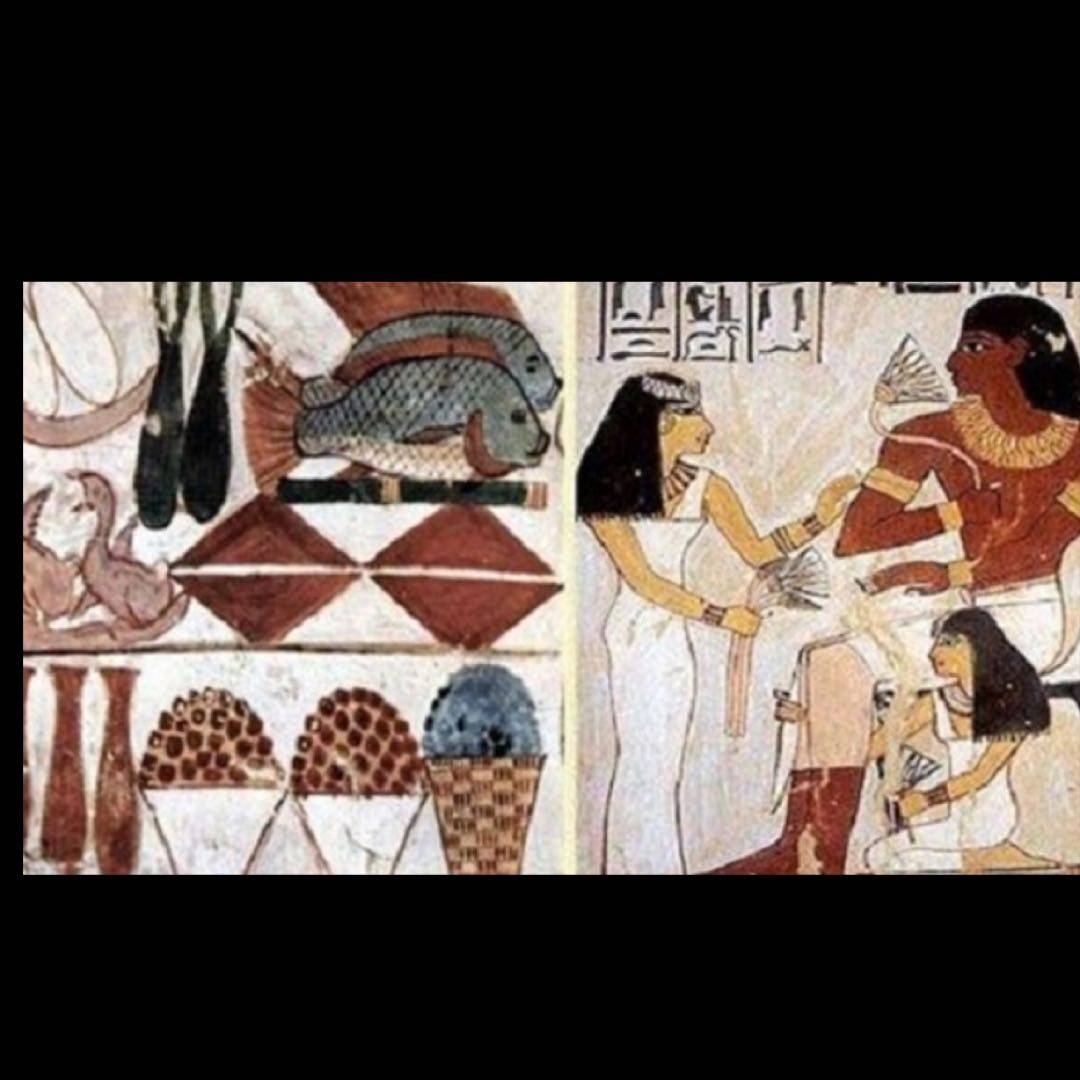
The ancient Egyptians saw the concentric layers of an onion as a metaphor for the structure of the universe. Onions were painted on the walls of pyramids and tombs, perhaps as a symbol of eternal life, evoked by the sphere within a sphere within a sphere structure of the onion. Onions were placed in the bodies or by the head of mummies, or tied to the feet or along the legs. Ramses IV, who reigned for only about six years and died in 1150 B.C.E.
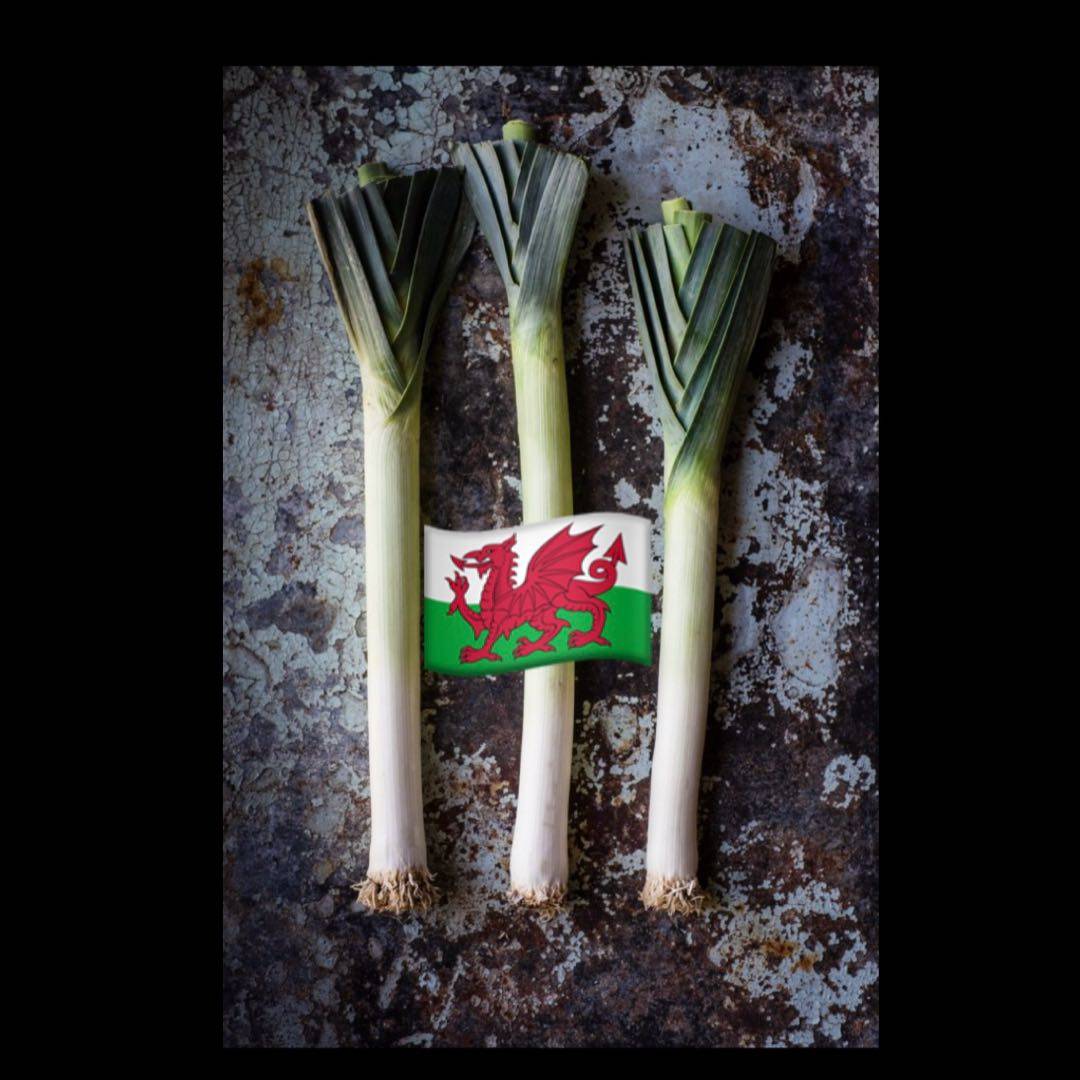
The reason that Welsh onions, not from Wales, are confusing is that there is also an onion, the leek, that is important to Welsh history and culture. The Welsh attachment to leeks may date back as far as the fourth century B.C.E. to the ancient Druids, thought to have originated the Welsh belief that leek broth cures the sick and lessens the pains of childbirth, and that a leek placed under a pillow will let a young maid see her future husband⬇️
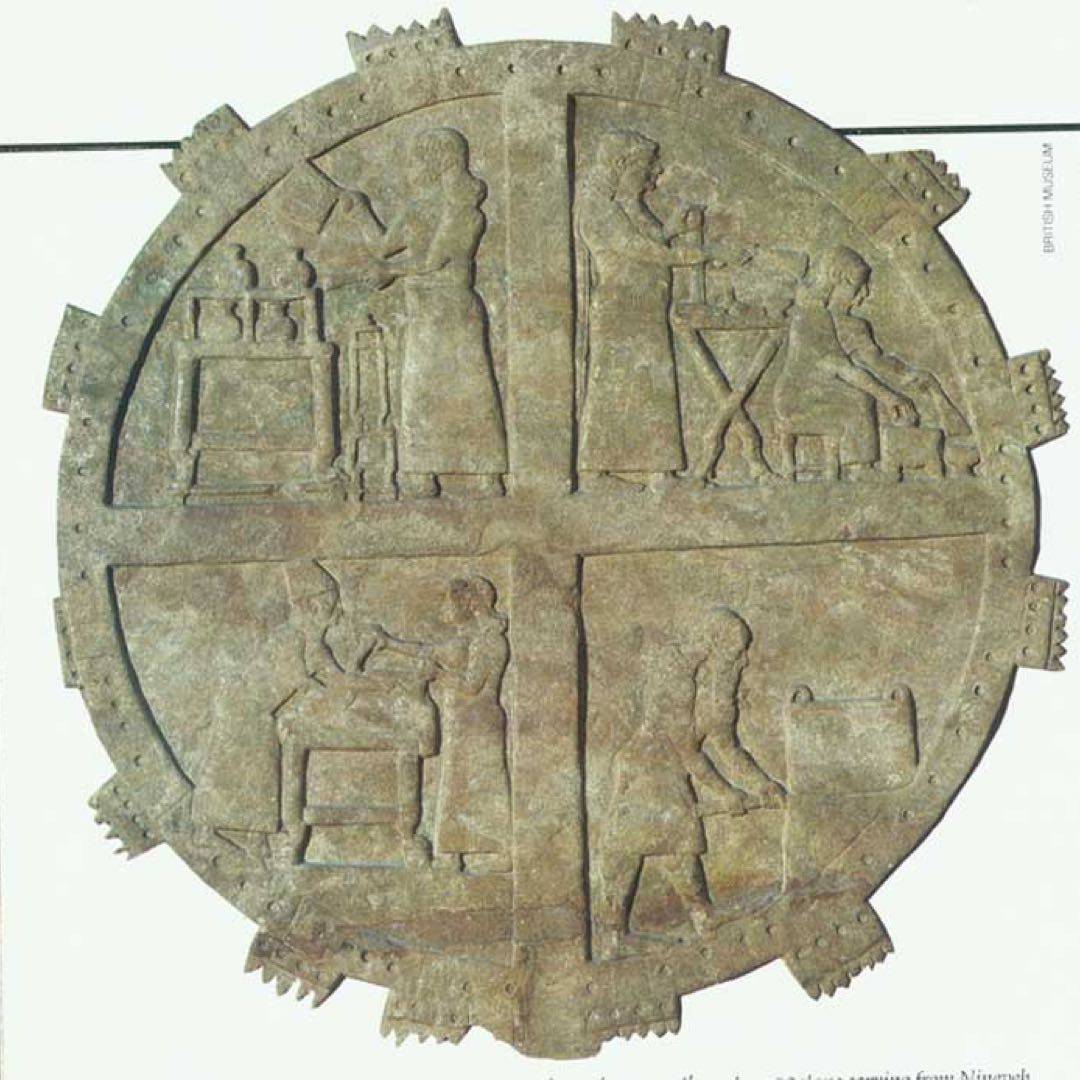
The Sumerians are often credited for the first written record of eating onions, but they are often credited for the first written record of many things, because they were the first to develop a written language, slightly more than 5,000 years ago, around 3300 B.C.E. The Sumerians left behind clay tablets with their alphabet, cuneiform. Among the first records on these tablets are the first written recipes for alliums.
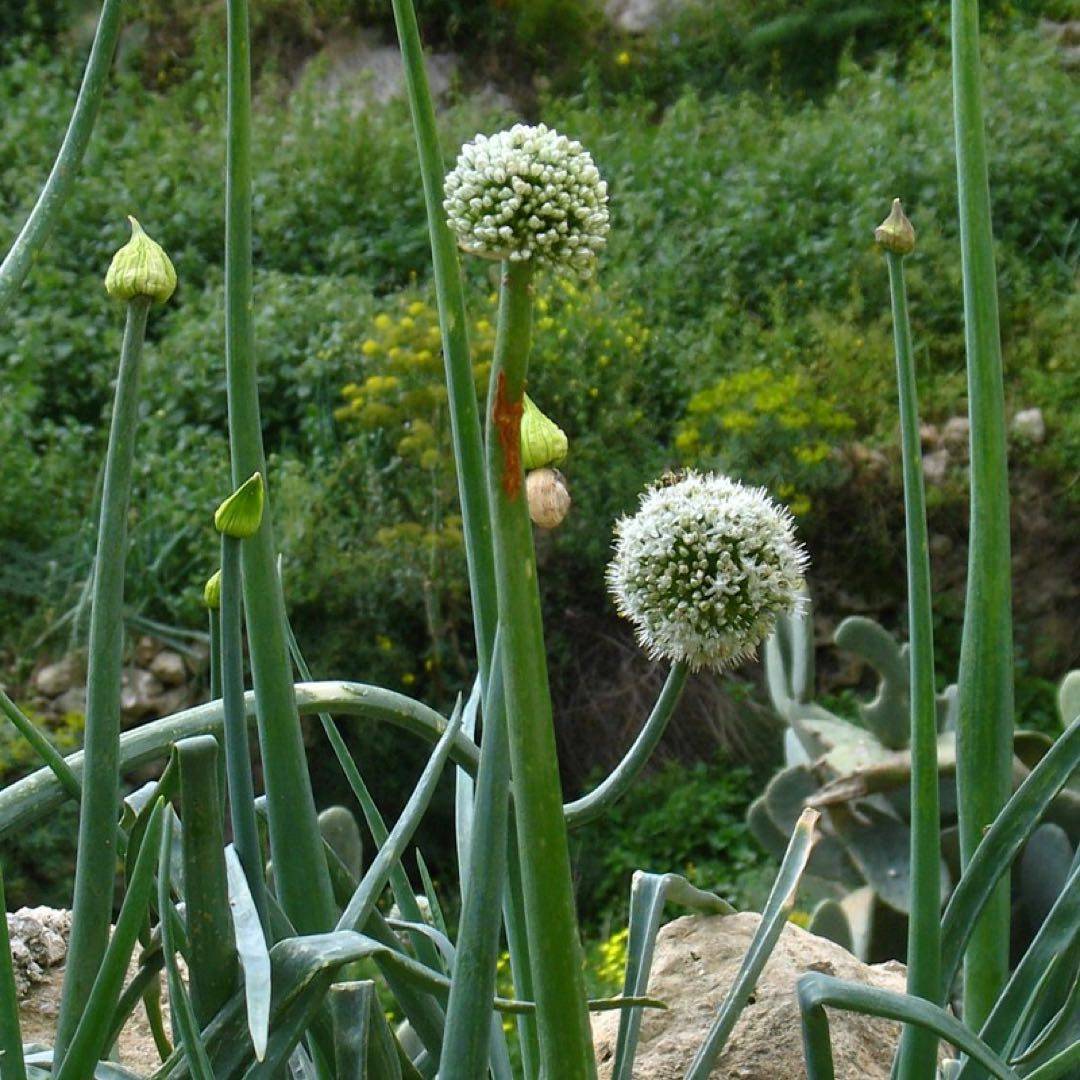
If we knew what the ancestor was, we would know what aspects of A. cepa were designed by humans, just as we have to study wolves to completely understand dogs. We do not know what characteristics they aimed to emphasize and which they aimed to reject. We can only suppose that they ended up with what they wanted, which would make onions one of the first foods of human design.
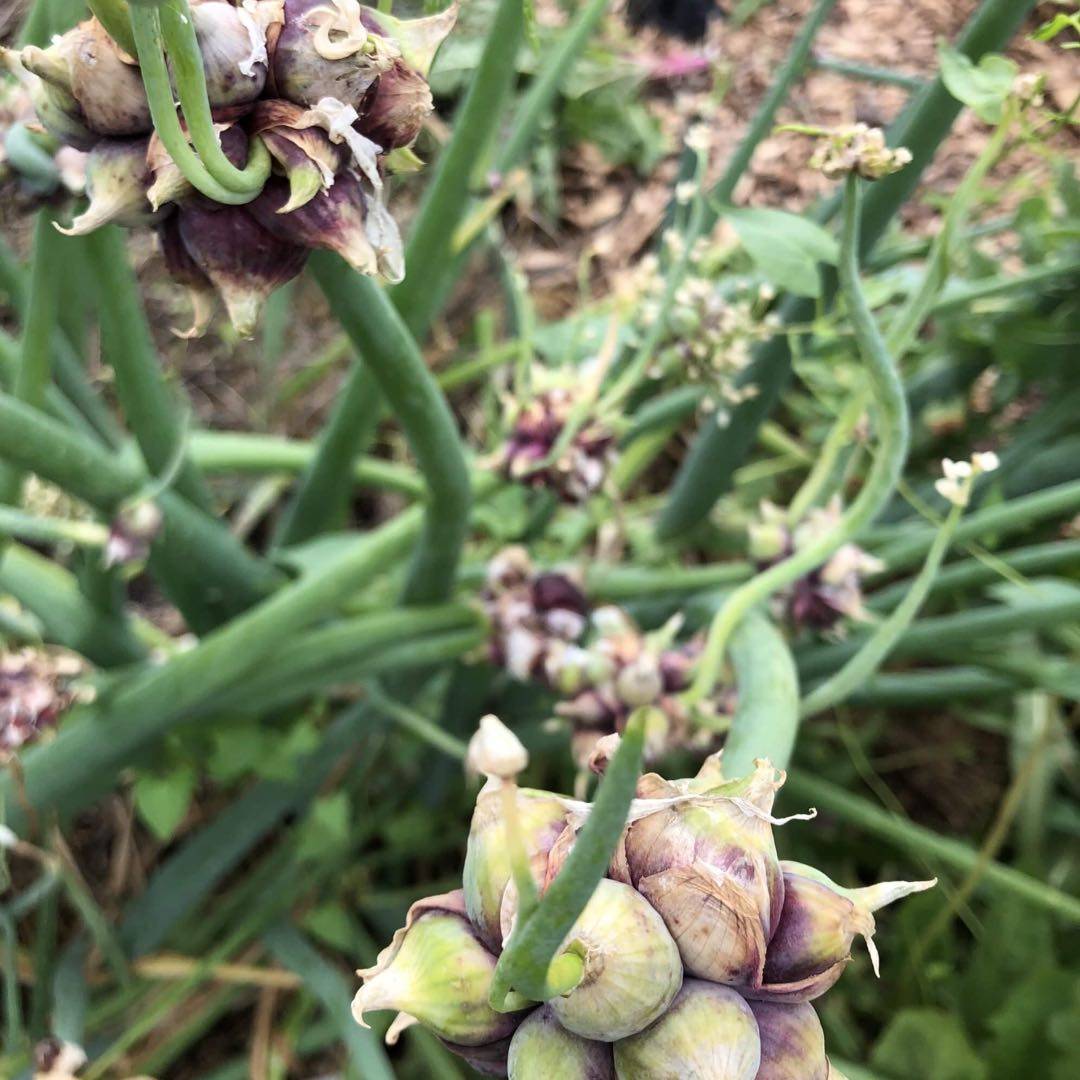
Onions are thought to descend from one of the many wild alliums that still grow in Asia, but it is not certain which of them. The leading suspects are Allium oschaninii, or Allium praemixtum, which are closely related and still found wild in Central Asia, or Allium vavilovii from Kepet in the Dagh Mountains of Turkmenistan, or Allium pskemense, which grows wild in the Pamir Mountains of western Tibet, where the bulbs are gathered, transplanted,⬇️
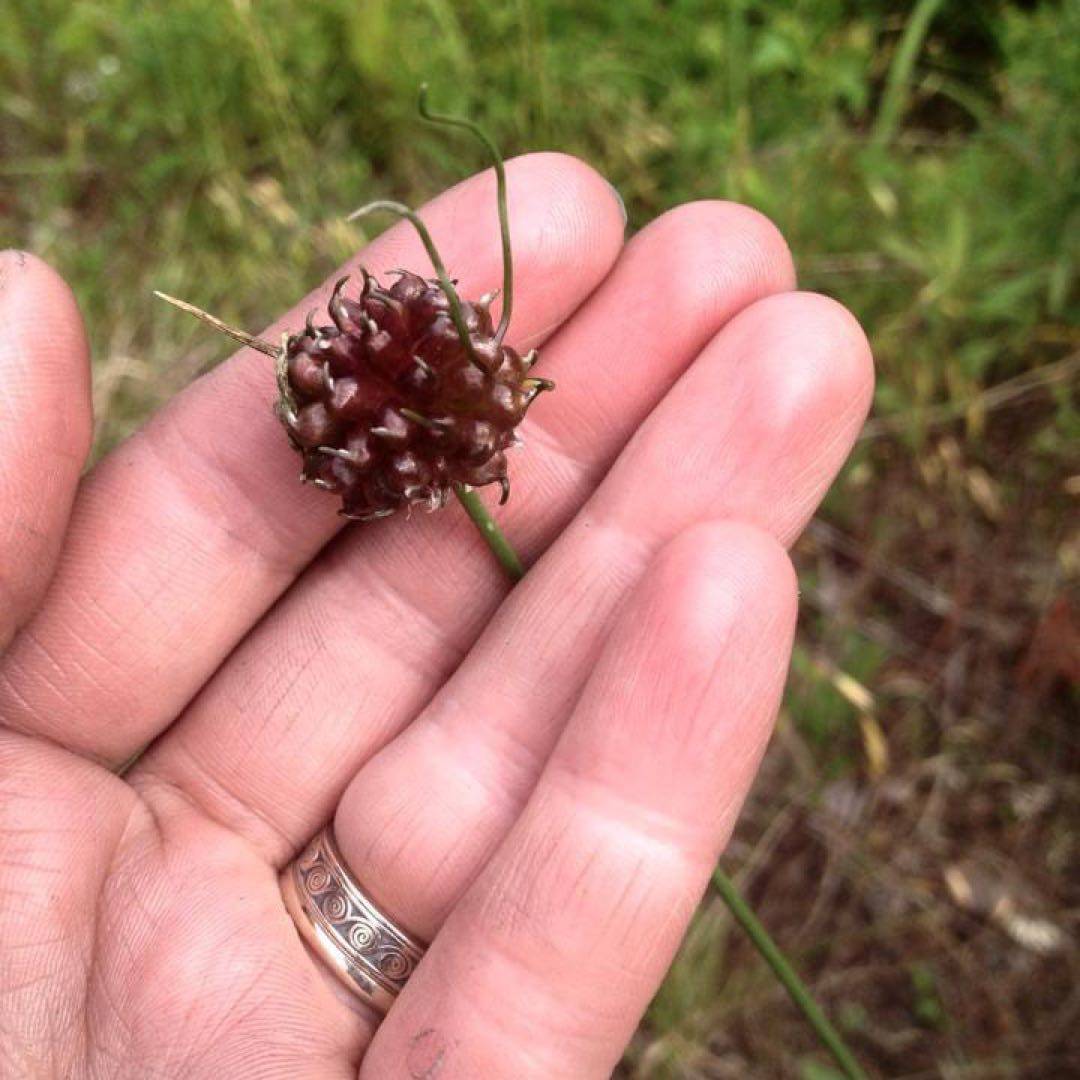
The wild forbearer of the Allium cepa is thought to have first been cultivated in Iran or West Pakistan, Tajikistan, Uzbekistan, or Turkmenistan, but this is only a guess, since no wild cepae exist there or anywhere else anymore. Similar species have survived in the wild in this area. But they may have been everywhere—all six continents. They have probably been cultivated for five thousand years, since the origin of agriculture.
⬇️
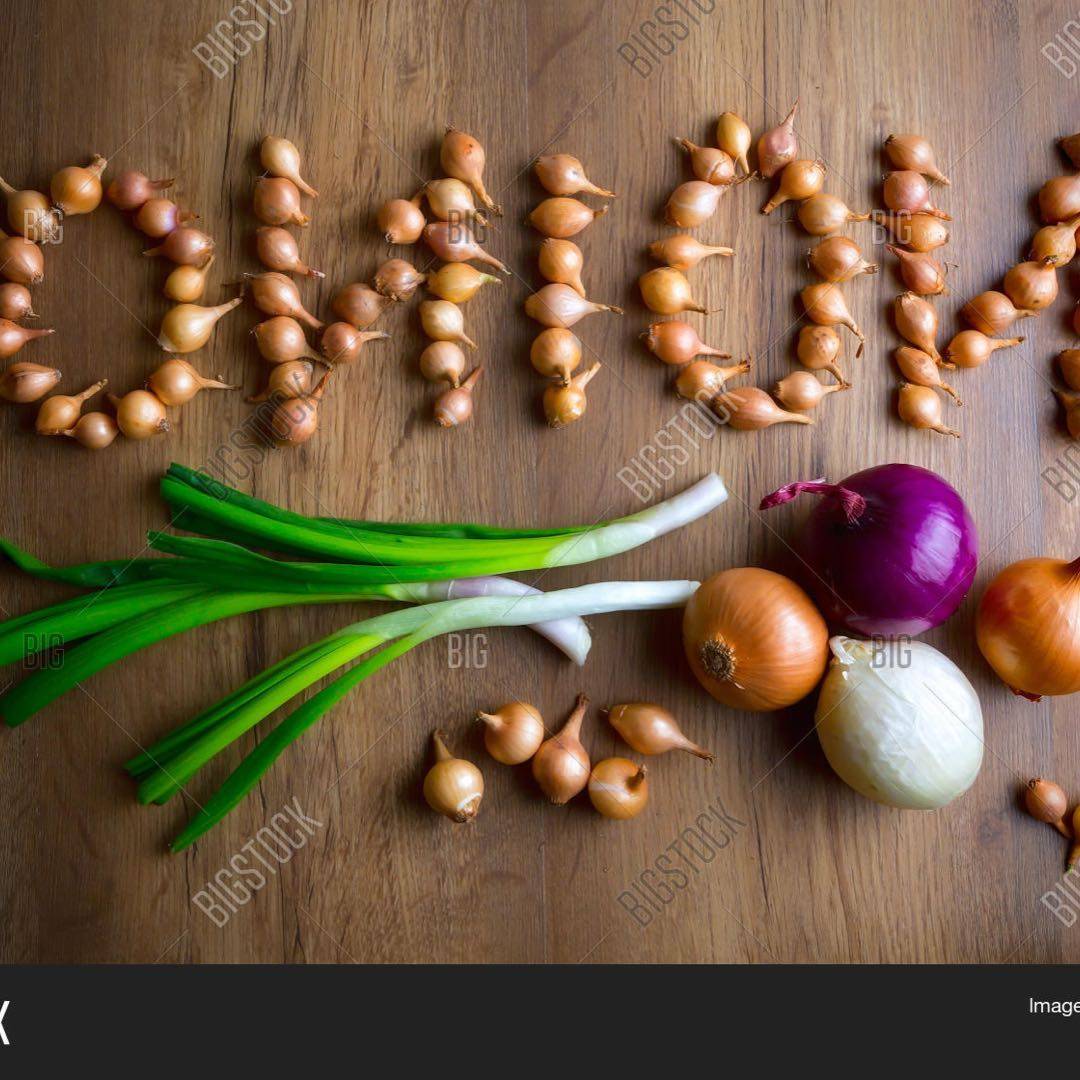
The name onion comes from the Latin word union, which means single, because an onion has a single bulb as opposed to garlic and other relatives that have clusters of bulbs. Romans called onions unionem. From there it became unyon in Middle English, then onion, or, in French, oignon.
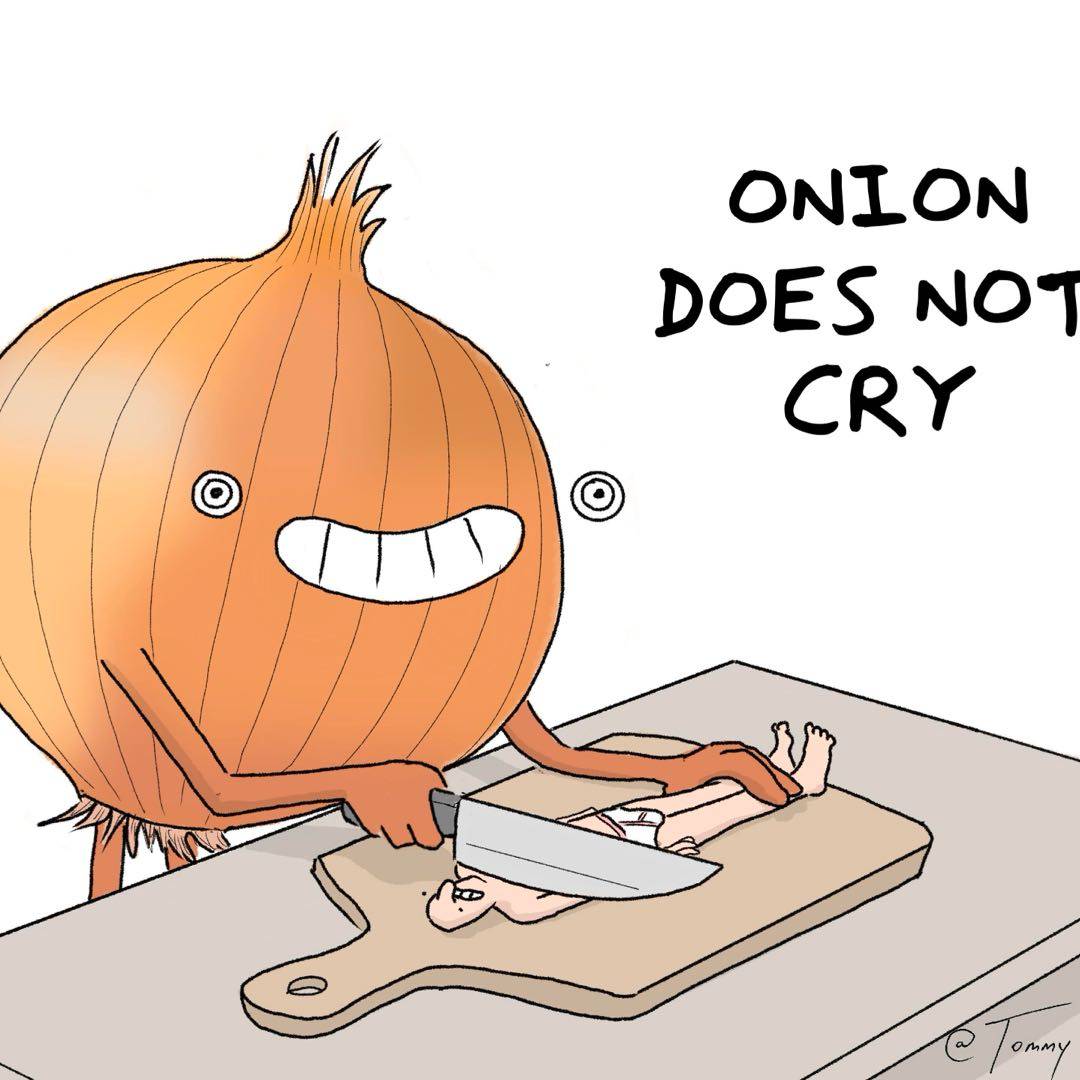
The toxic spittle the vengeful onion sends into your eyes is low-molecular weight substances with sulfur atoms, which is an extremely rare way for chemicals to present themselves in nature. The molecules are “highly reactive”; in other words, they change very easily. One sulphur compound becomes a different one, which can then become a different one, so they can do a number of things. The most famous, the one we care about, is that they become⬇️
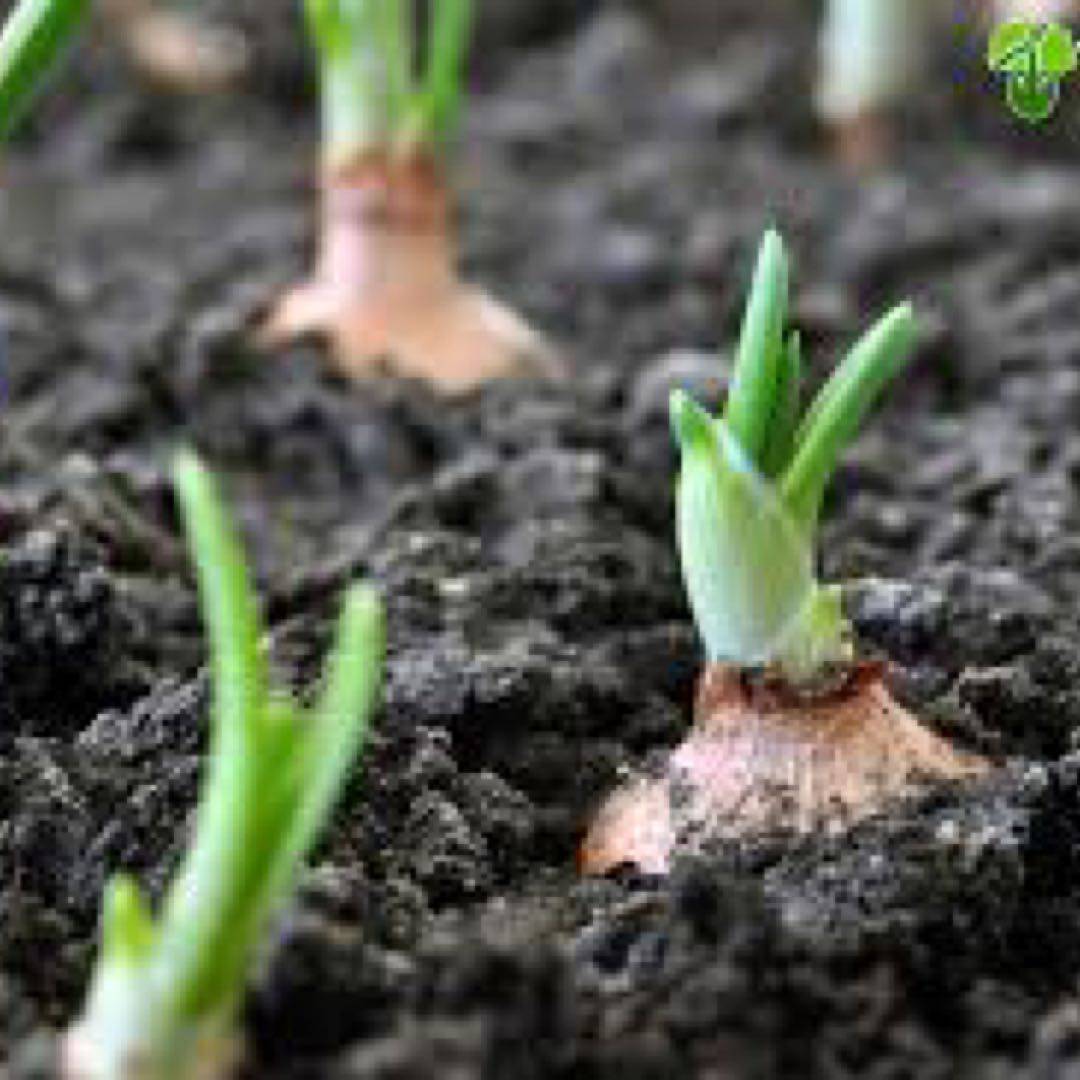
An onion is not a root, like a turnip or carrot, and it is certainly not a fruit. It is the bulb of a flowering plant, perhaps the most delicious of all bulbs.
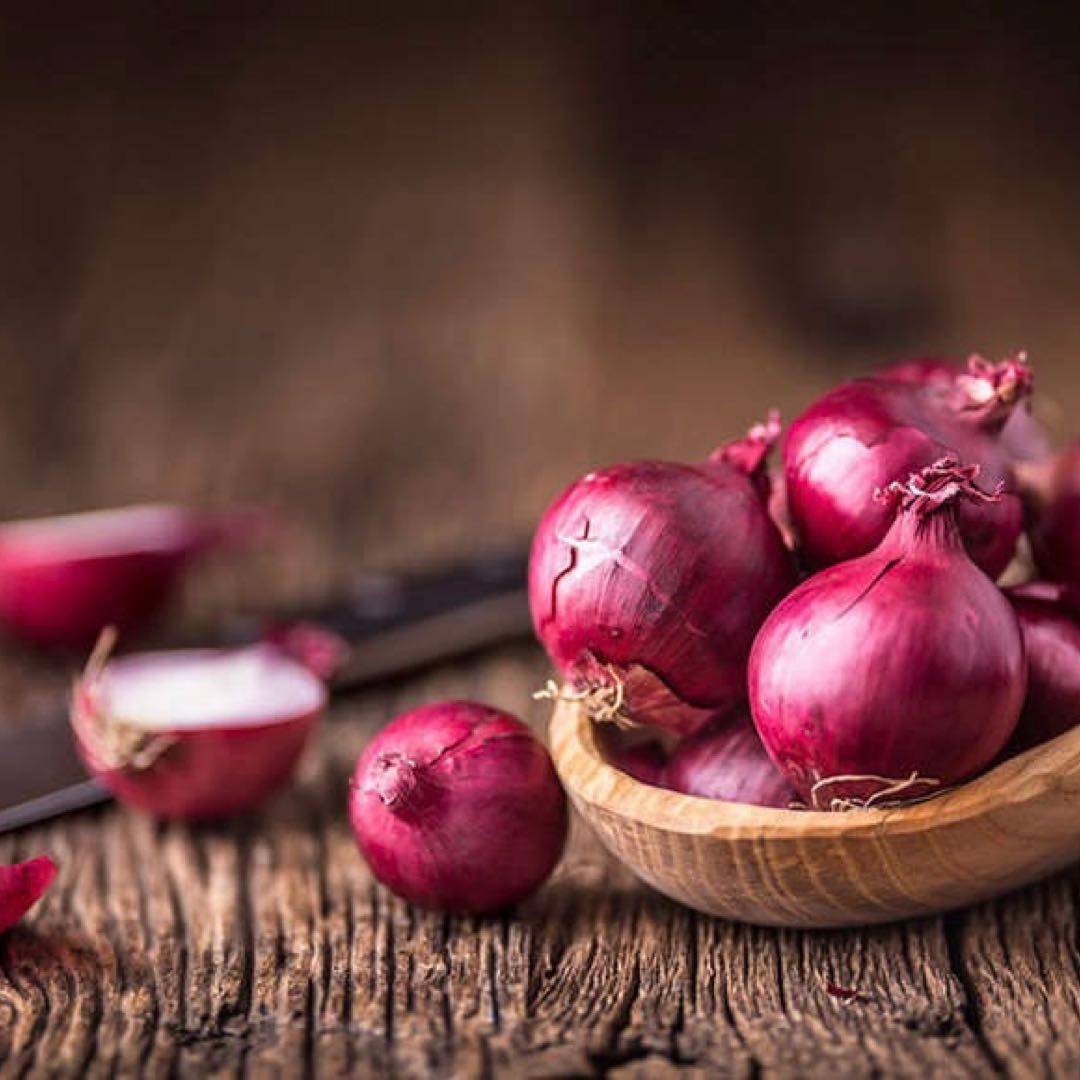
Only to have a grief
Equal to all these tears!
—Adrienne Rich, “Peeling Onions”
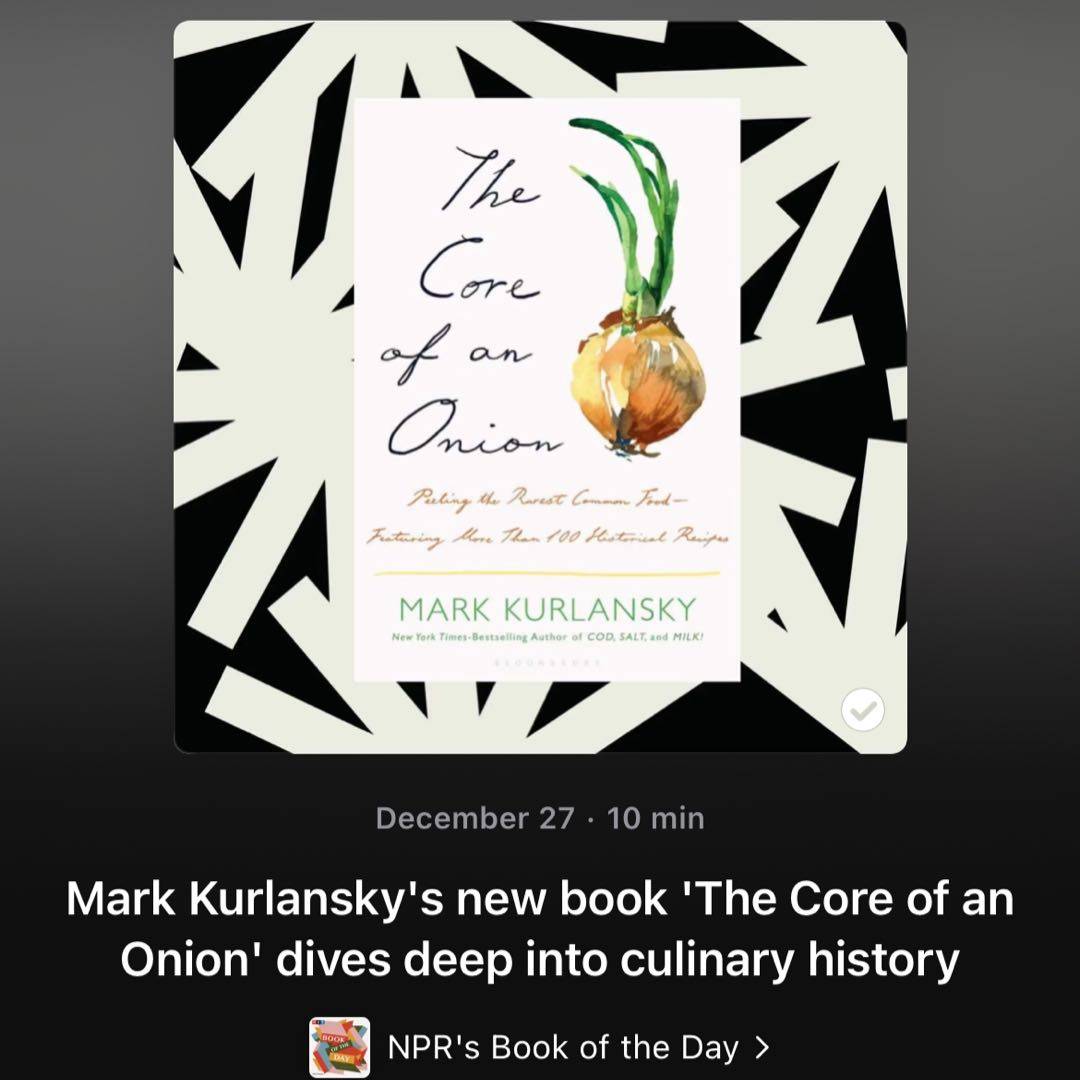
For all you onion freaks! I can‘t wait to read this book.
Link to the episode: https://podcasts.apple.com/us/podcast/nprs-book-of-the-day/id1587369865?i=100063...

He seems to have good taste. I take issue with the above. She‘s only perhaps underrated by todays younger generations in certain parts of the world ( read , USA). Fight me 😜